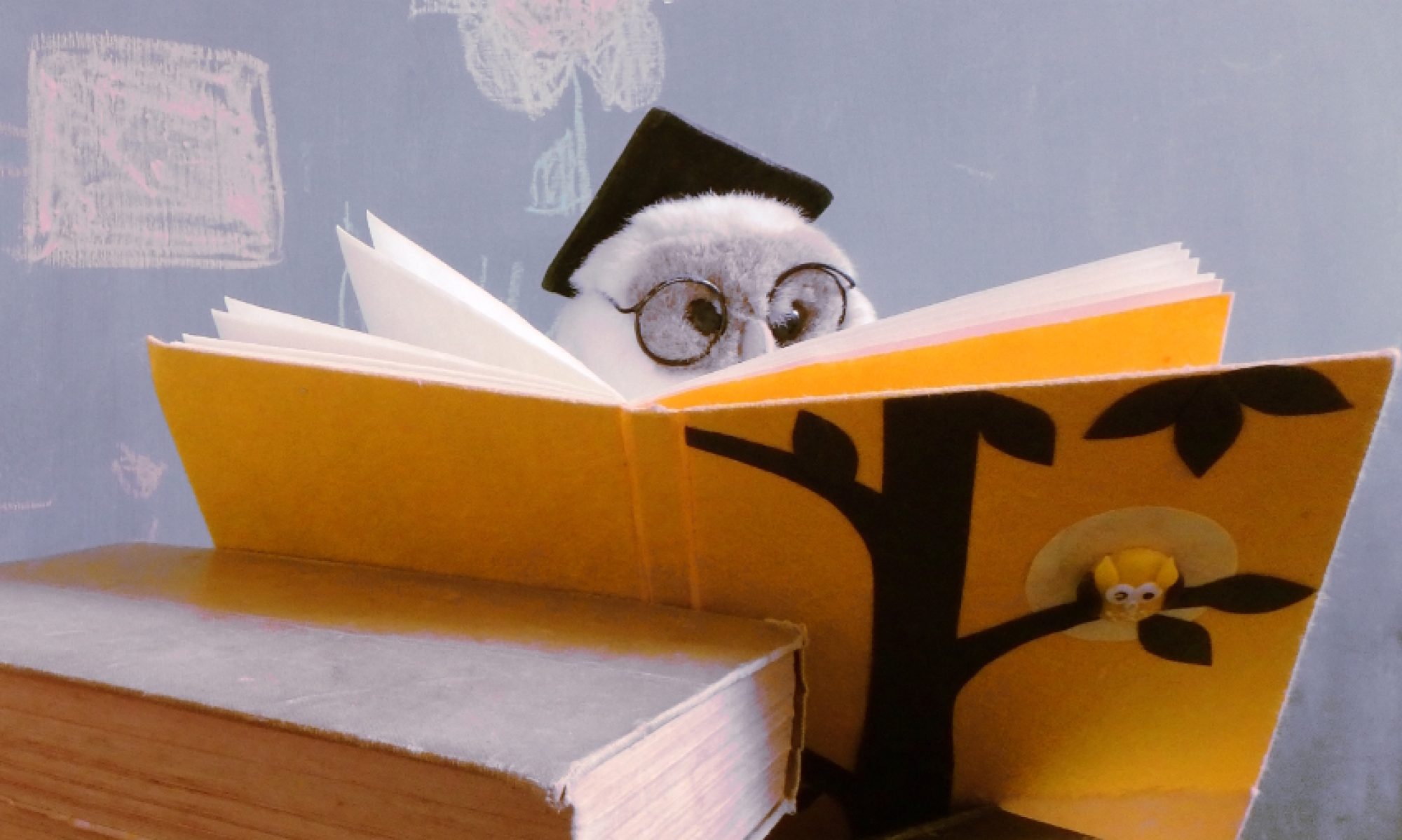It has been a week of unexpected language development. Just when I thought I was beginning to grasp where my children were at developmentally, they go and break the rules … again.
I have been hovering on the edge of creating little mini-language exercises with C – he’s been struggling so much with his OT, trying to put together coherent sentences to create stories based on pictures. In fact, he’s been struggling so much he had begun to not do as many stories at home, and I had started to worry. Was this a plateau, or was his ASD starting to impact on his creative story telling?
Instead, I decided to decouple two difficult tasks and focus on just one – storytelling without handwriting. Handwriting has become a bit of a battlefield here – the boy who taught himself to write in his own idiosyncratic way at 2 years old struggles to change his writing – even when he can’t read it himself. (As an inveterate messy hand writer, I must admit, I will be happy when he can reread his own handwriting without an interpretive dance of random guessing).
So I became Cs scribe. And it was difficult – for me. My inner editor had to learn how to stay quiet while I scribed his story. It was a steep learning curve for this mumma. Eventually, after a brief explanation about the differences between writing dialogue in a story and writing dialogue in a play format, C decided he was writing a play. And we agreed that I would write what he said, and leave my inner editor at the door until he was done. And then he agreed to listen to editing suggestions afterwards – an iron clad promise.
He then proceeded to dictate out an absurdist comedic play about World War 1, the obsession of the last few weeks, due to ANZAC day celebrations last month. It was meta, it was funny, and it reeked of Samuel Beckett levels of word-play, both with names and language use. I was not expecting it, and I was (and am) thrilled. Mummy worry backed into a corner, disappeared down a mouse hole, and is now residing somewhere near the earth’s core. Is it perfect? No. But over 3 pages (and counting) of grammatically correct, coherent abstruse story-telling with internally consistent time travel references, following character ‘arcs’ (for want of a better word – do Beckett’s characters ever develop?) is a cognitive leap ahead compared to one sentence stories painfully drawn out over half an hour. Finding and removing one of the road blocks in his way has let him soar.
The other ‘where did that come from?’ moment comes courtesy of my daughter, J. I have been struggling to get her interested in reading – she has become consumed with story – but only of the visual variety. Instead, she has been writing numbers and letters all over the house – and I mean all over the house on every surface. But unlike my son, she has characterised her creations – creating families of number 2’s with different personalities. Drawing her own food, cutting it out and insisting she needed to eat the paper… so complete is her involvement with the stories in her head. But she has been avoiding our beautiful collection of picture books, and only occasionally every few days sitting down with a book. Was I doing something wrong? (We’re all inveterate readers here). Was it a vision problem?
It took another parent to point out the obvious – she’s bored with picture books! So last night I grabbed one of C’s beginner chapter books, curled up with my daughter and did some reading. She loved it – listening to the whole thing with barely any movement. So it appears my little girl whom I though was ‘behind’ her brother in reading comprehension (compared to what he was doing at the same age), is actually miles ahead, at least in comprehension. And somewhere in there I missed reading some great picture books, oh well. I think I’ll save them for when her reading ability needs to catch up with her comprehension of stories – I’m a book hoarder at heart.
So today we embark on reading some Harry Potter as a family and we’ll see where that leads!


